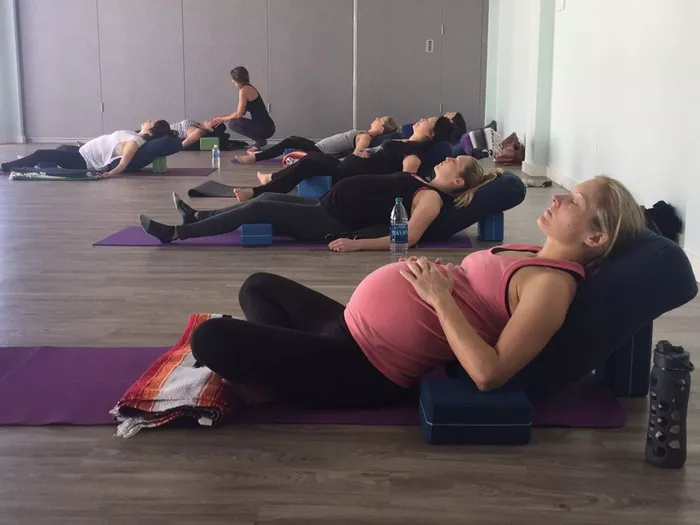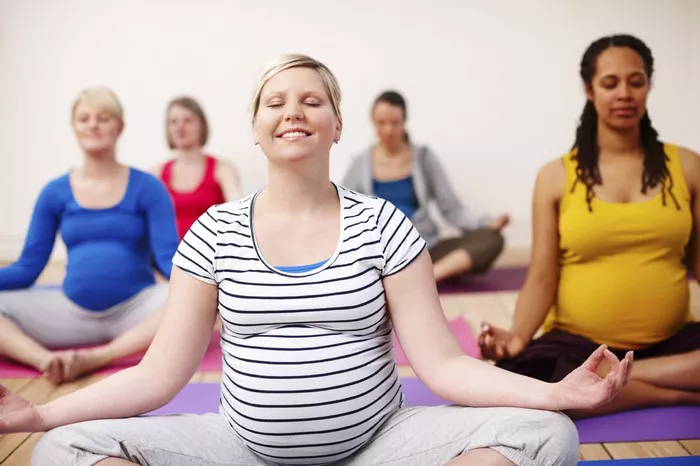Pregnancy is a special time filled with anticipation and excitement. Many expectant mothers turn to yoga to help them relax, prepare for childbirth, and connect with their babies. However, practicing yoga during pregnancy comes with certain precautions. It’s crucial to know what to avoid to ensure safety for both mother and baby. In this article, we will explore the various aspects of pregnancy yoga and outline what you should avoid for a safe and beneficial practice.
Understanding Pregnancy Yoga
Yoga is a holistic practice that combines physical postures, breathing techniques, and meditation. During pregnancy, yoga can help improve flexibility, reduce stress, and alleviate discomfort. However, not all yoga poses and practices are safe during pregnancy. It’s essential to approach your yoga practice with care and awareness.
Benefits of Pregnancy Yoga
Before diving into what to avoid, let’s briefly discuss the benefits of pregnancy yoga:
Stress Reduction: Yoga helps lower cortisol levels, promoting relaxation.
Improved Sleep: Gentle stretches and breathing can aid in better sleep quality.
Pain Relief: Yoga can alleviate common pregnancy aches, such as back pain.
Increased Flexibility: Stretching helps maintain flexibility, which is beneficial for childbirth.
Better Posture: Yoga encourages proper body alignment, reducing strain on the back and pelvis.
Despite these benefits, certain poses and practices may not be suitable during pregnancy. Knowing what to avoid is crucial for a safe experience.
What to Avoid During Pregnancy Yoga
1. High-Impact Exercises
Avoid any high-impact yoga poses or sequences. High-impact movements can put unnecessary strain on your body and increase the risk of injury. Poses that require jumping or sudden movements should be avoided. Instead, focus on gentle, flowing movements that promote relaxation and connection with your body.
2. Deep Twists
Avoid deep twisting poses. While some gentle twists are safe, deep twists can compress the abdomen and may not be comfortable for expectant mothers. Instead, opt for more moderate twists that allow you to maintain comfort and openness in your body.
Example of Twists to Avoid:
Revolved Triangle Pose: This pose involves a deep twist that can put pressure on the abdomen.
Gentle Alternatives:
Seated Spinal Twist: Sit cross-legged and gently twist your torso to one side, keeping the twist gentle and comfortable.
3. Lying on Your Back
Avoid lying flat on your back, especially after the first trimester. This position can compress the vena cava, a major blood vessel that supplies blood to the heart. Instead, practice side-lying positions or use props to support your body.
Safe Alternatives:
Side-Lying Position: Lie on your left side with a pillow for support. This position improves blood flow to the baby and is more comfortable for most pregnant women.
4. Inversions
Avoid inversion poses. Poses that require you to be upside down, such as headstands or handstands, can be risky during pregnancy. Your center of gravity shifts, making it harder to balance. Instead, focus on poses that keep you grounded.
Example of Inversions to Avoid:
Shoulder Stand: This pose can be challenging to maintain and may not feel safe as your pregnancy progresses.
Safe Alternatives:
Child’s Pose: This resting pose is calming and supportive, allowing you to connect with your breath.
5. Overstretching
Avoid overstretching. Pregnancy hormones, like relaxin, increase flexibility but can also make joints more unstable. Avoid poses that push your limits, and listen to your body. Gentle stretching is beneficial, but pushing too far can lead to injury.
6. Strong Core Workouts
Avoid intense core strengthening exercises. While it’s essential to maintain core strength, avoid exercises that involve excessive straining or pressure on the abdomen. Instead, focus on gentle exercises that engage the core without causing discomfort.
Example of Core Workouts to Avoid:
Plank Variations: Traditional plank poses can put too much pressure on the abdomen and should be approached with caution.
Safe Alternatives:
Cat-Cow Pose: This gentle flow helps engage the core while promoting spinal flexibility.
7. Balancing Poses
Avoid balancing poses that require intense focus and stability. Your center of gravity changes during pregnancy, making it harder to balance. Instead, practice poses that allow you to feel stable and supported.
Example of Balancing Poses to Avoid:
Tree Pose: While beneficial for strength, this pose may be challenging as your pregnancy progresses.
Safe Alternatives:
Chair Pose: This pose engages the legs and core without requiring intense balance.
8. Hot Yoga
Avoid hot yoga classes. Practicing in high temperatures can lead to overheating, which may be harmful to you and your baby. Stick to moderate temperatures and ensure proper ventilation in your practice space.
9. Prone Positions
Avoid positions that require you to lie on your stomach. Prone poses can become uncomfortable and may put pressure on your abdomen. Instead, use props or modify poses to maintain comfort.
Example of Prone Positions to Avoid:
Sphinx Pose: While this pose may feel good initially, it can become uncomfortable as your belly grows.
Safe Alternatives:
Supported Sphinx: Use a bolster or cushion under your chest to create support while lying on your stomach.
10. Advanced Poses
Avoid advanced poses that require extreme flexibility or strength. While it’s great to challenge yourself, pregnancy is not the time to push your limits. Stick to more accessible poses that allow you to focus on relaxation and mindfulness.
11. Neglecting Your Breath
Avoid ignoring your breath. Breath awareness is crucial during pregnancy yoga. If you find yourself holding your breath or straining, take a step back. Focus on deep, calming breaths to enhance your practice.
See also: Essential Yoga Poses for the Third Trimester of Pregnancy
Listening to Your Body
One of the most important aspects of pregnancy yoga is listening to your body. Every pregnancy is different, and what works for one person may not work for another. Pay attention to how you feel during each pose. If something doesn’t feel right, modify the pose or skip it entirely.
Signs to Stop Your Practice
If you experience any of the following, it’s essential to stop your practice and consult with your healthcare provider:
- Dizziness or lightheadedness
- Severe abdominal pain or cramping
- Shortness of breath
- Bleeding or unusual discharge
- Swelling in your legs or feet
Consulting with a Professional
If you’re unsure about what poses to avoid or how to adapt your practice, consider consulting with a certified prenatal yoga instructor. They can provide personalized guidance and modifications tailored to your needs. Additionally, always check with your healthcare provider before starting any new exercise routine during pregnancy.
Conclusion
Pregnancy yoga can be a beautiful way to connect with your body and your baby. However, it’s essential to approach your practice with caution and awareness. By avoiding certain poses and practices, you can create a safe and nurturing environment for yourself and your growing child. Remember to listen to your body, seek guidance when needed, and enjoy this special time in your life. With mindful practice, yoga can enhance your pregnancy journey and prepare you for the incredible experience of motherhood.
Related topics:
The Role of Yoga Movement in Prenatal Wellness























